Helloooooo History People!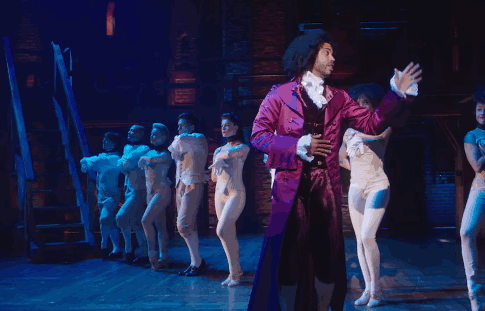
Anotha day anotha piece of history.
There is always something new and exciting to learn about the past; let’s take a look at what happened today…
1889: Completion and Dedication of the Eiffel Tower
1918: Daylight Savings Time First in the United States
1991: End of the Warsaw Pact
Today let’s take a look at the monumental opening of one of the most recognizable pieces of internationally acclaimed man-made architecture, the Eiffel Tower, in Paris, France.
On this day in 1889, Gustave Eiffel was finally able to announce the completion of this tower, constructed by his company, Compagnie des Établissements Eiffel, and named for himself, after two years of work.
Eiffel’s company designed and developed this structure with the purpose of accenting the 1889 world’s fair and commemorating the centennial of the French Revolution. However, at the time the plans were presented for the tower’s construction, there were a multitude of objections and disagreements among artists in the area, against the idea of the tower as w
ell as the style of it’s legendary architecture. The critics believed that Eiffel’s plans were too structurally unsound and not fit with the general look of the city. Meanwhile, Eiffel pushed forward with the idea and continued to struggle to gain momentum for his plans. He tried to sway some opinions by comparing his tower to the Egyptian pyramids in terms of size, magnitude, significance, and cultural importance. Eventually, Eiffel received approval for his ambitious plans, and began construction in 1887. For nearly two years, Eiffel’s team of engineers worked tirelessly until the tower’s completion, and the group even completed the job ahead of schedule and significantly under budget.
When Eiffel’s tower was finally finished, Eiffel decided to take a small number of government workers and members of the press to the highest point of the tower, today recognizable as the observation deck. The group had to reach the top level of the tower by climbing stairs that continued throughout the entirety of the its height, 1050 feet, for over an hour. Until the construction of the Chrysler Building in New York City, the Eiffel Tower was actually the tallest man-made structure in the world.
Clearly, after 128 years, this piece of architectural engineering legend has stood the test of time and is still one of the most notable pieces of human history ever created. I find it increasingly incredible as everyday I receive new pieces of knowledge about the world in which we live, that the structures in which we reside have in fact been designed and built by our fellow human beings. Take Old Main, for instance. Every time I walk by that building, I am consumed with such a feeling of awe at the amount of rich history that sleeps between its walls. It’s incredible to imagine that once upon a time, someone thought up the idea to build a structure that fulfilled not only its purpose, but that also looked appealing to the eye, and perhaps unintentionally ended up becoming the very essence of the place itself.
What is Penn State without Old Main? Or Paris without La Tour Eiffel? Our buildings not only offer physical protection, shelter, and functionality, but they also provide us with a story to tell. A dear friend of mine once told me that with anything you’re trying to say to someone, it’s always about the narrative. Buildings, ancient buildings, arguably weave greater narratives than can ever be told or written, or even read. This is because the very soul of history lives within their walls. It floods every room with its wondrous, encapsulating honesty. It paints itself with grace and permanence upon the foundation beams.
Where would we be today if not for the advancements in architecture and the capabilities of engineering or building? This is something I’ve been recognizing more and more as time progresses and I have come to witness a growing number of spectacular architectural designs in a variety of places. The different styles each tell a story of need, plausibility, functionality, and creativity. How interesting to think that one of the most basic human needs, shelter, can serve as arguably one of the most beneficial and inventive outlets for originality and learning to take a chance.
That’s all for now folks!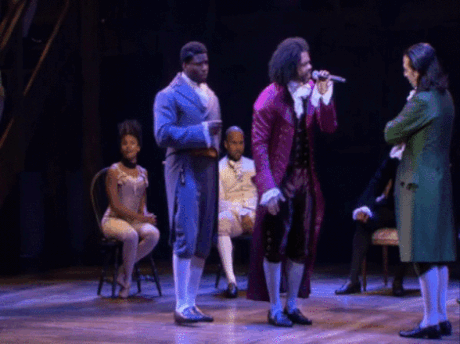
Quote of the Day:
“An optimist may see a light where there is none, but why must the pessimist always run to blow it out?”
-Rene Descartes (Philosopher, Born March 31, 1596)
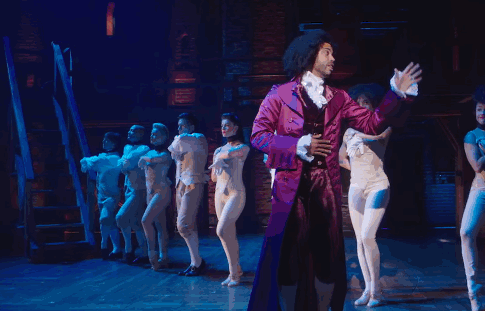
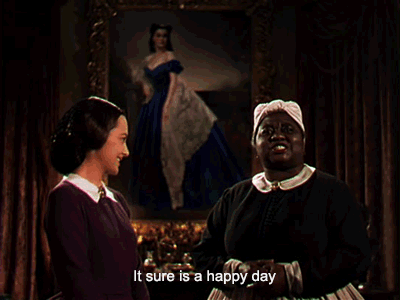 A historical moment of hope was made this night for African-Americans in the film industry as Halle Berry became the first black actress to earn an Oscar award for Best Actress in a film, and Denzel Washington took home an award for Best Actor. In Halle Berry’s acceptance speech she talked about the door of opportunity finally opening to women of color in the film industry.
A historical moment of hope was made this night for African-Americans in the film industry as Halle Berry became the first black actress to earn an Oscar award for Best Actress in a film, and Denzel Washington took home an award for Best Actor. In Halle Berry’s acceptance speech she talked about the door of opportunity finally opening to women of color in the film industry.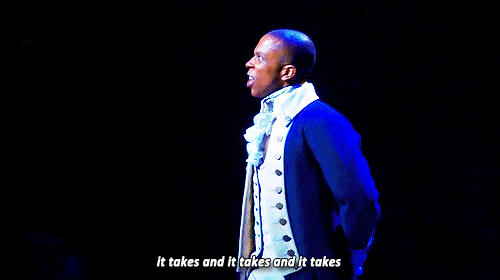 winner statistics; it gave the
winner statistics; it gave the St. Patrick, a Catholic-born Roman citizen, was born in Scotland and kidnapped at age 16 by Irish brigands who brought him to Ireland and forced him into slavery for many years. During this time, Patrick refined and depended on his faith. One night, a voice came to him in a dream and aided his escape back to his home country, where he was able to be reunited with his family.
St. Patrick, a Catholic-born Roman citizen, was born in Scotland and kidnapped at age 16 by Irish brigands who brought him to Ireland and forced him into slavery for many years. During this time, Patrick refined and depended on his faith. One night, a voice came to him in a dream and aided his escape back to his home country, where he was able to be reunited with his family.
 and can be seen drinking, dancing, playing music and games to celebrate the life of this man and their Irish heritage.
and can be seen drinking, dancing, playing music and games to celebrate the life of this man and their Irish heritage. That’s all for now, folks!
That’s all for now, folks! SUCH a Hamilton musical fan):
SUCH a Hamilton musical fan): individuals including Thomas Jefferson and Aaron Burr on the Democratic-Republican side of the ticket. Many people argued that Adams’ presidency was unsuccessful and oppressive (due to the Alien and Sedition Acts as well as various foreign policy decisions), including several influential figures in the House of Representatives (such as Alexander Hamilton). Because the likelihood of re-election was unfortunately very slim for the current president, the real fight within this election occurred between two members of the same party: Jefferson and Burr.
individuals including Thomas Jefferson and Aaron Burr on the Democratic-Republican side of the ticket. Many people argued that Adams’ presidency was unsuccessful and oppressive (due to the Alien and Sedition Acts as well as various foreign policy decisions), including several influential figures in the House of Representatives (such as Alexander Hamilton). Because the likelihood of re-election was unfortunately very slim for the current president, the real fight within this election occurred between two members of the same party: Jefferson and Burr.
 It took some behind-closed-doors swindling of several members of the House of Representatives’ opinions to swing the necessary votes one way or the other (also involving Alexander Hamilton) to come to a conclusion about who would be the next president and vice president of the United States that election (a decision which was also influenced by Alexander Hamilton, who chose to support in his opinion, the lesser of two evils – Jefferson instead of
It took some behind-closed-doors swindling of several members of the House of Representatives’ opinions to swing the necessary votes one way or the other (also involving Alexander Hamilton) to come to a conclusion about who would be the next president and vice president of the United States that election (a decision which was also influenced by Alexander Hamilton, who chose to support in his opinion, the lesser of two evils – Jefferson instead of
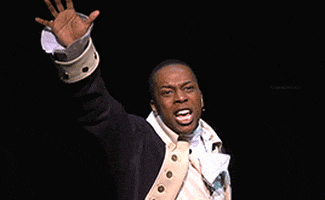
 One year later, Deep Blue’s team of programmers called for a rematch, to which Kasparov obliged. After several days
One year later, Deep Blue’s team of programmers called for a rematch, to which Kasparov obliged. After several days e next thirty years will be the most important in the entire history of humanity. Not because our generation is the
e next thirty years will be the most important in the entire history of humanity. Not because our generation is the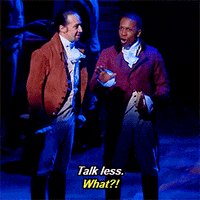



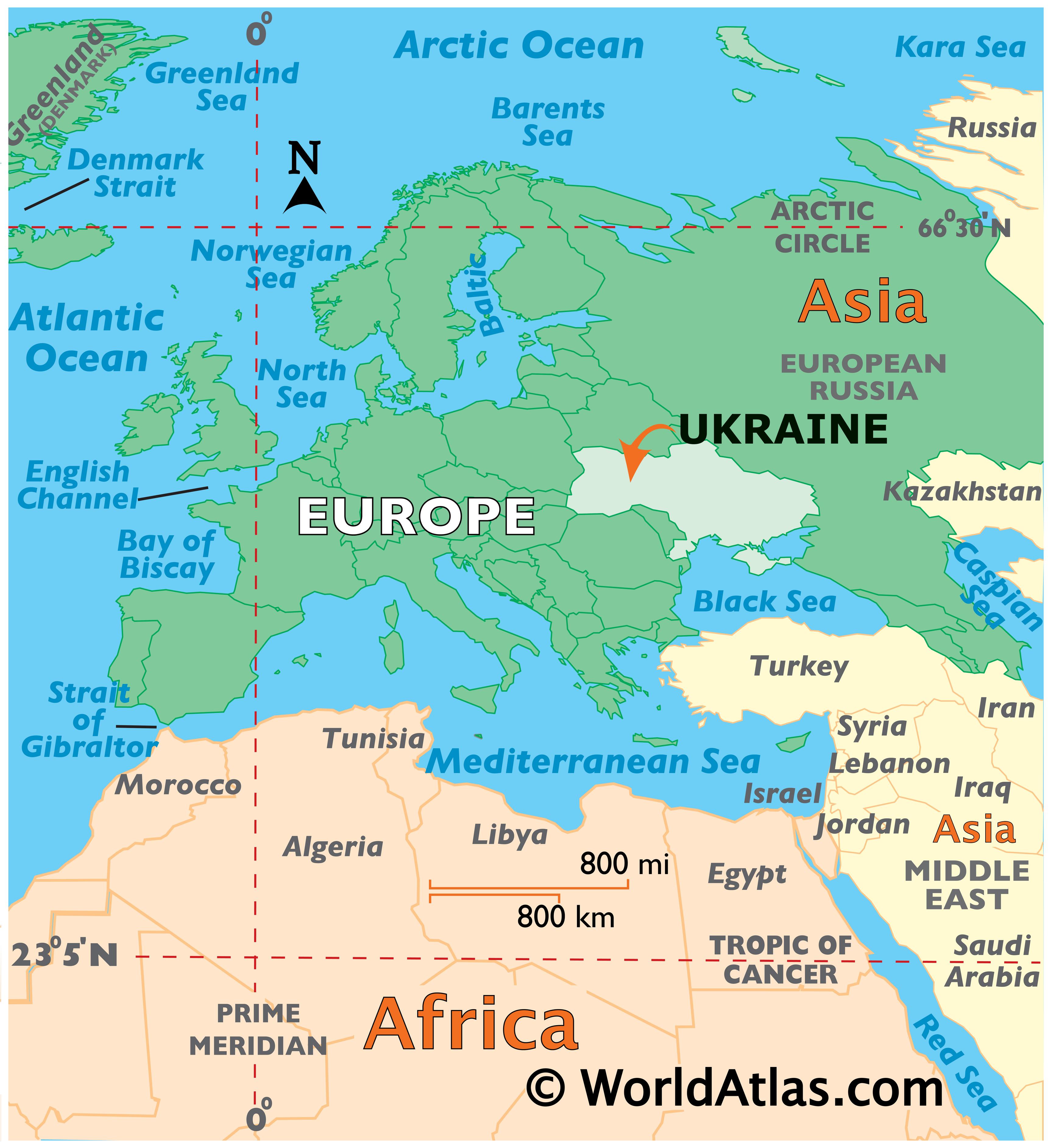 l free to follow the links provided above to learn more about all of the topics.
l free to follow the links provided above to learn more about all of the topics.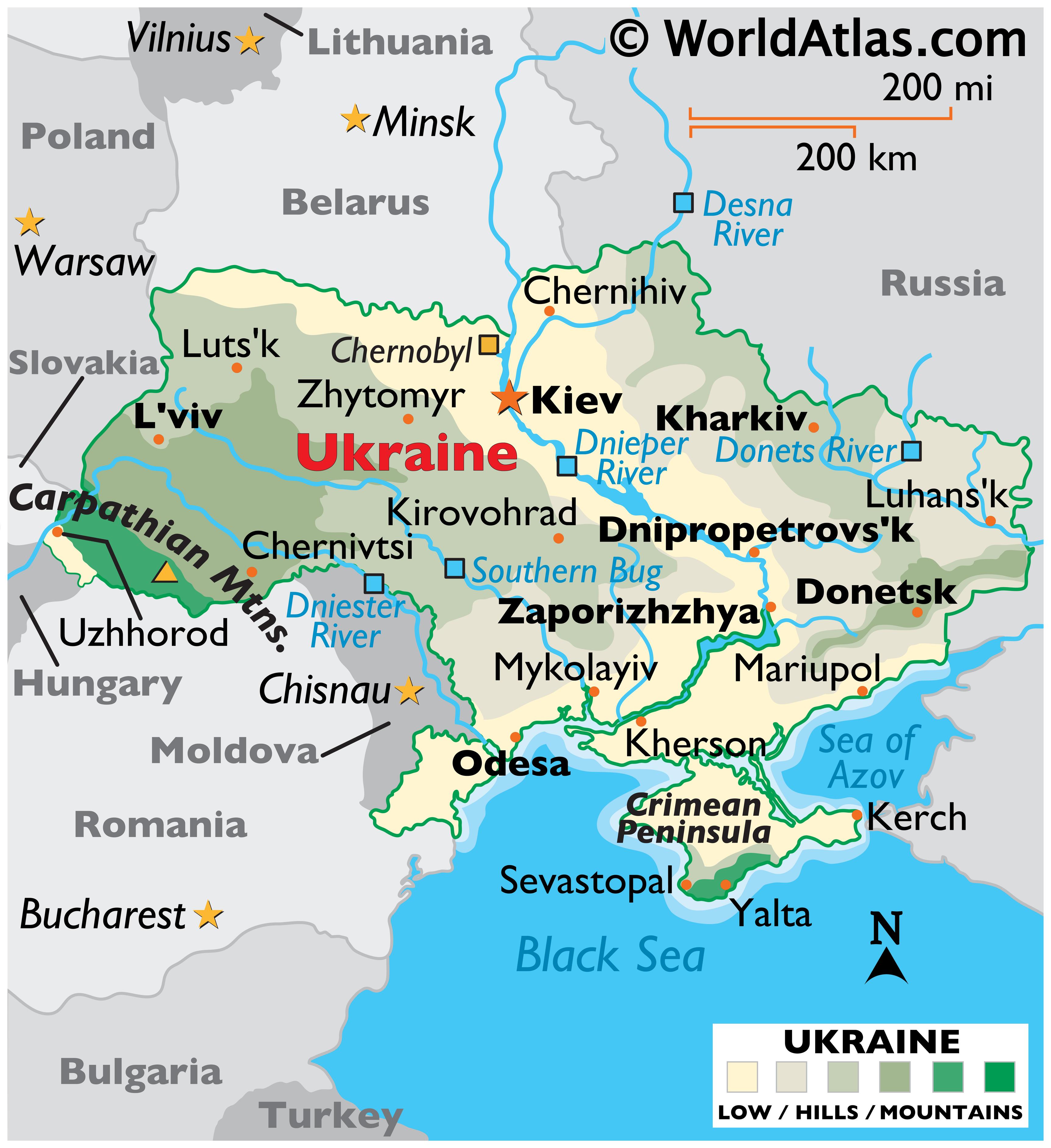


 Church, boldly nailed 95 theses onto the wooden door of a well-known church in Germany on this day. His outrage was directed at the leaders of the Catholic Church’s corruption and manipulation of the lives of innocent churchgoers, and sought to defy their teachings because he believed they were not truly following the teachings of God. His theses were translated and spread throughout the area and eventually sparked the split in Catholicism that led to Protestantism.
Church, boldly nailed 95 theses onto the wooden door of a well-known church in Germany on this day. His outrage was directed at the leaders of the Catholic Church’s corruption and manipulation of the lives of innocent churchgoers, and sought to defy their teachings because he believed they were not truly following the teachings of God. His theses were translated and spread throughout the area and eventually sparked the split in Catholicism that led to Protestantism.




 history and focusing on particular events that happened each day is to help people become more informed about actual events that occurred over the course of our nation’s history. In our society, too often we are faced with instances in which people simply do not know – or even care – that monumental events occurred and a seemingly average day in contemporary time is actually a significantly important day in the eyes of history.
history and focusing on particular events that happened each day is to help people become more informed about actual events that occurred over the course of our nation’s history. In our society, too often we are faced with instances in which people simply do not know – or even care – that monumental events occurred and a seemingly average day in contemporary time is actually a significantly important day in the eyes of history.
